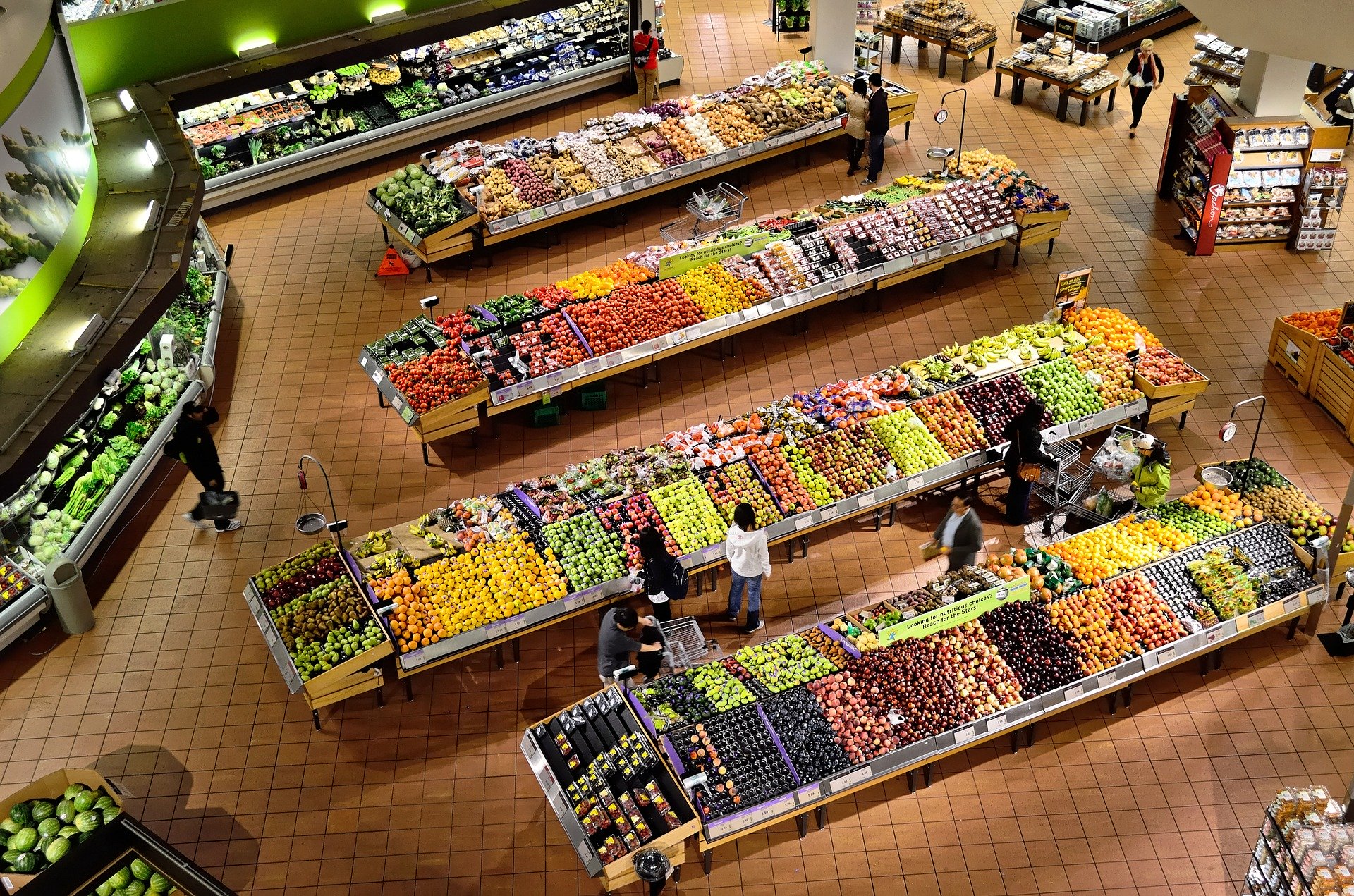
Brexit contributes to high food price inflation
After Brexit, a supply and demand mismatch leading to high inflation is harder to correct, according to economists.
It has been two years since the modern era of rocketing inflation began. Since then, prices have rapidly ratcheted up. In the United Kingom, double-digit inflation is now the norm. Besides energy prices, it is most palpable in supermarkets.
Engin Kara, a professor in macroeconomics at Cardiff University, blames “a supply and demand mismatch” that he says Brexit has made much harder to correct.
“Previously, if egg production in the UK is lower, more eggs can be easily imported from another EU country, stabilising prices. This is no longer true. The supply and demand mismatch will have to be corrected within the UK,”
the professor says. He is pessimistic about the future.
“Simply put, prices will continue to increase until we are poor enough not to afford as much as we did before. This way, we’ll consume as much as the UK economy can produce.”
April 2021 marks a real dividing line. In the previous 12 pandemic-blighted months the headline Consumer Prices Index (CPI) measure of inflation went no higher than 1 per cent. Then suddenly, two years ago, the CPI rate more than doubled, to 1.5 per cent, rising by nearly a full percentage point in a month. By November 2021 it had bust through the 5 per cent mark for the first time in a more than a decade, by July 2022 it reached double digits at 10.1, and today it stands at 10.4 per cent.
The Office for National Statistics (ONS) provided i with a league table breaking down what exactly has seen the biggest average price rises for the year to February 2023.
Energy came top, unsurprisingly, with gas up 133 per cent, and electricity by 67 per cent for well-rehearsed reasons connected with the pandemic recovery and war in Ukraine. But next comes a series of basic supermarket staples that have seen rises of at least 30 per cent.
And it is these that are really driving inflation at the moment because they are purchases that are hard to avoid, the professor explains.
“In times of the cost of living crisis, households can reduce luxury spending but not the demand for basic necessities,”
he says.
“In fact, such a crisis would switch spending towards basic necessities and increase demand for such goods even more.
Strong demand enables producers to pass the increase in costs to consumers.” But other farmers are cutting production to deal with higher costs, which will further increase demand, leading to a vicious inflationary circle,
the professor added.
The dairy industry offers a perfect example of this problem. In the 12 months to February, the average price of milk has risen 42.2 per cent (low fat) and 34 per cent (whole milk).
As V4NA reported earlier, the UK’s Agriculture and Horticulture Development Board (AHDB), which also represents dairy farmers, attributed the rise in the price of eggs, milk and butter to soaring production costs for farmers.
Electricity costs in the sector rose 65 per cent year-on-year in December, while fuel costs increased by a third, feed costs by 28 per cent and fertiliser costs by 36 per cent, following a 120 per cent rise in November 2021, AHDB stated.
High energy prices are also putting growers in a difficult situation, which could lead to shortages of some fruits and vegetables in Britain.
Tags:

